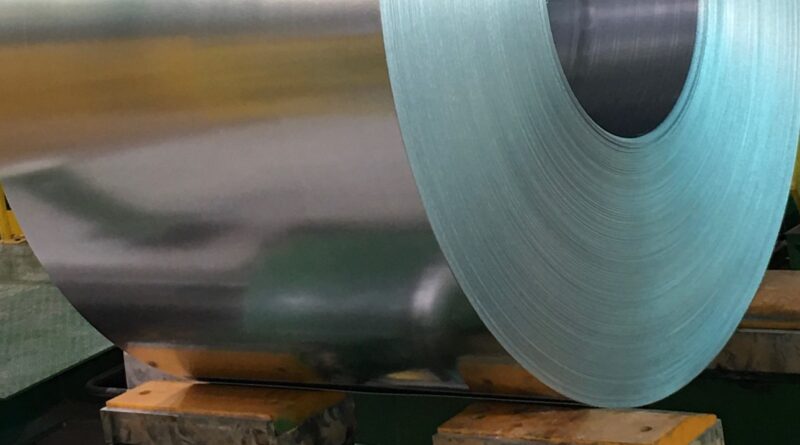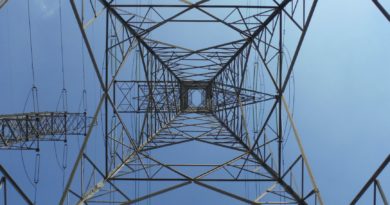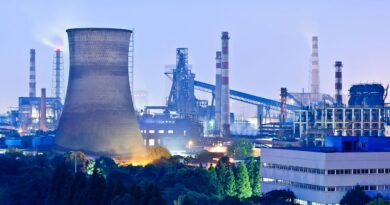Powering up galvanized steel uptake in the electricity industry
The urgent need for additional power generation and distribution infrastructure poses a significant opportunity for the increased uptake of galvanized steel, argues Simon Norton, Manager of the Africa Desk of the International Zinc Association (IZA). In addition, such essential infrastructure needs to be maintained and upgraded.
Hot-dip galvanized steel plays a critical role in corrosion protection in power generation, ranging from transmission and distribution of power to traditional and renewable sources. “In this way we can guarantee the longevity and cost-effective of power projects for future generations,” says Norton.
Most power supply steel structures, whether for generation, transmission, or distribution, are designed for an average lifespan of 50 years. These structures are often subjected to a range of arduous atmospheric environments. All steel structures throughout the power grid therefore have a need for durable, corrosion resistant and long-lasting protection.
Hot dip galvanized steel has been deployed throughout the power grid for generations, as it is the anti-corrosion coating of choice on many structures. While it has been used extensively in coal, nuclear, and natural gas facilities, it is also commonly increasingly finding favour in renewable energy applications, for example as the steel framework for solar and PV panels and wind turbine pylons.
Here galvanized steel, perhaps with a duplex coating system, is ideal for final installation in remote locations without any further surface treatment or monitoring, providing immunity to weather degradation, compatibility with local corrosive conditions, coating toughness and cathodic protection properties that provide steel corrosion protection in tough, arduous conditions, together with minimal maintenance.
In terms of power transmission structures, steel has a high strength-to-weight ratio that allows for longer spans without poles that can halt line cascades during severe weather events. Steel pylons are often used in higher voltage transmission lines, but it is now more common to see steel distribution poles being used to strengthen a line where longer span lengths are necessary.
Galvanized steel has the highest recycled content (93%) of any construction material and has a 98% reclamation rate. Unlike many materials that are down-cycled into a lesser product, galvanized steel is multi-cycled, which means it can be recycled repeatedly without the loss of chemical or physical properties, making it a true cradle-to-cradle material.
“Therefore, hot dip galvanized steel allows for the sustainable development of power infrastructure,” says Norton. Environmental impact is minimised by utilising natural, abundant, and recyclable steel and zinc. As galvanized steel requires no maintenance throughout the lifespan of an installation, it reduces the carbon footprint significantly. Zinc itself is natural and 100% recyclable with no loss of properties.




